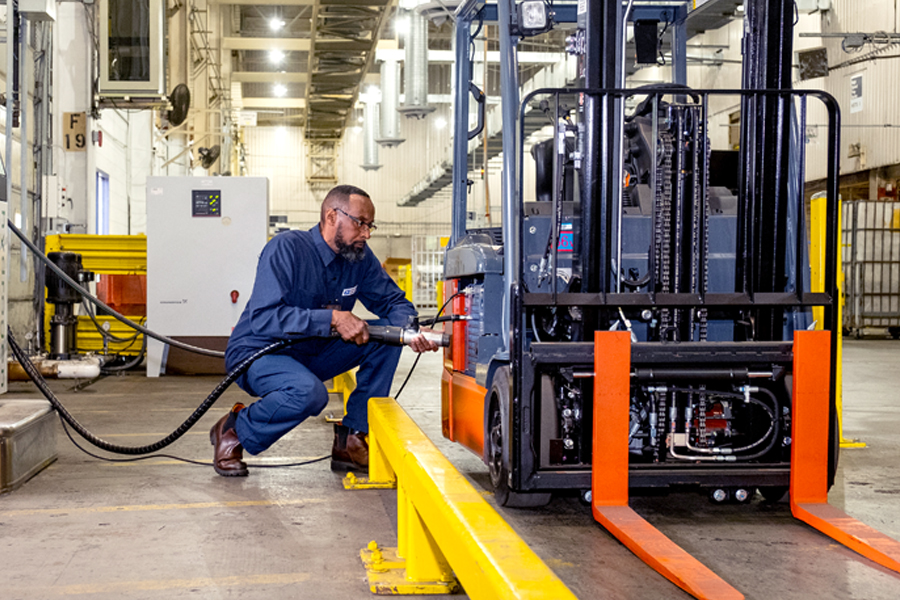The Postal Service has reduced the amount of energy it uses per square foot by more than 30 percent since 2003, and the organization is on track to continue cutting energy usage during the next decade, new projections show.
The figures are included in this year’s Annual Sustainability Report, which was published April 22.
The report also details the Postal Service’s progress in other areas, including greenhouse gas emissions and water usage. The organization’s success in these areas is attributed to its efforts to promote conservation throughout its network.
“Across the nation, USPS employees are doing their part to help us reduce energy and water usage, cut greenhouse gas emissions, increase recycling and become a more sustainable, efficient organization,” said Chief Sustainability Officer Tom Day.
Other highlights from the 2018 report:
• USPS is on track toward meeting its goals of reducing greenhouse gas emissions by 25 percent.
• The Postal Service diverted 51.7 percent of solid waste from landfills to recycling.
• The organization purchased $440 million worth of environmentally preferable cleaning supplies, paper and other products through the eBuy2 ordering system, which is a 9.5 percent increase over 2017.
• Following the installation of 35,000 solar panels at the Los Angeles Processing and Distribution Center, USPS is assessing new sites for solar installation in New Jersey, California, Massachusetts and Washington, DC.
Sherman “Rusty” Williamson, in-plant support manager for Capital Metro Area, said he’s proud to see the Postal Service making strides in its efforts to be sustainable and efficient.
“We need advanced technology to be competitive in today’s market,” he said.
